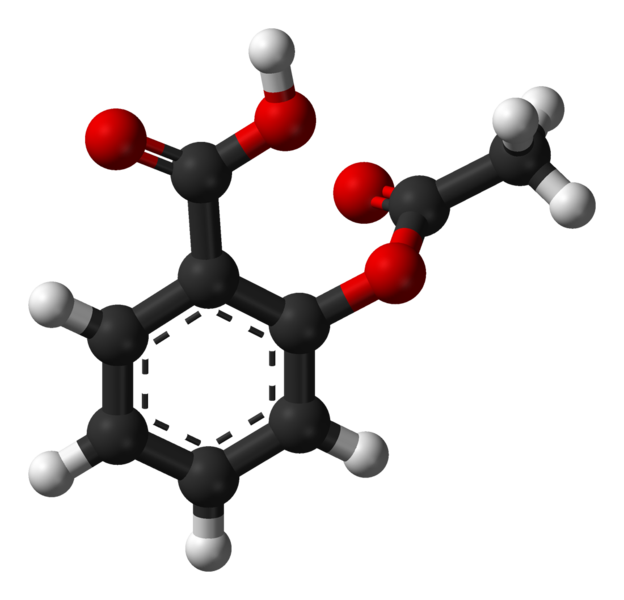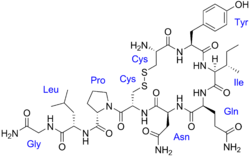My favorite molecule is water, which goes great with
my favorite organic molecule Trimethylxanthine also known as caffeine. I
consume Trimethylxanthine almost every day either in coffee, tea, or chocolate.
This organic molecule works on the body by blocking the breakdown of cylic adenosine
monophosphate (cAMP). cAMP carries glucagon and adrenaline. Therefore when
caffeine is consumed, the breakdown of cAMP does not occur, which leaves cAMP
to carry more glucagon and adrenaline. The extra adrenaline then causes the
heart rate to increase and blood vessels constrict (which causes an increase in
blood pressure). For some people this increase in adrenaline gives them the
ability to focus better because they feel more alert, for others it is more
difficult to concentrate because they report feeling “jittery”.
Caffeine is a methyl
group bonded to a xanthine group which gives it the following structure.


















